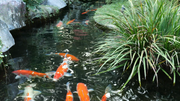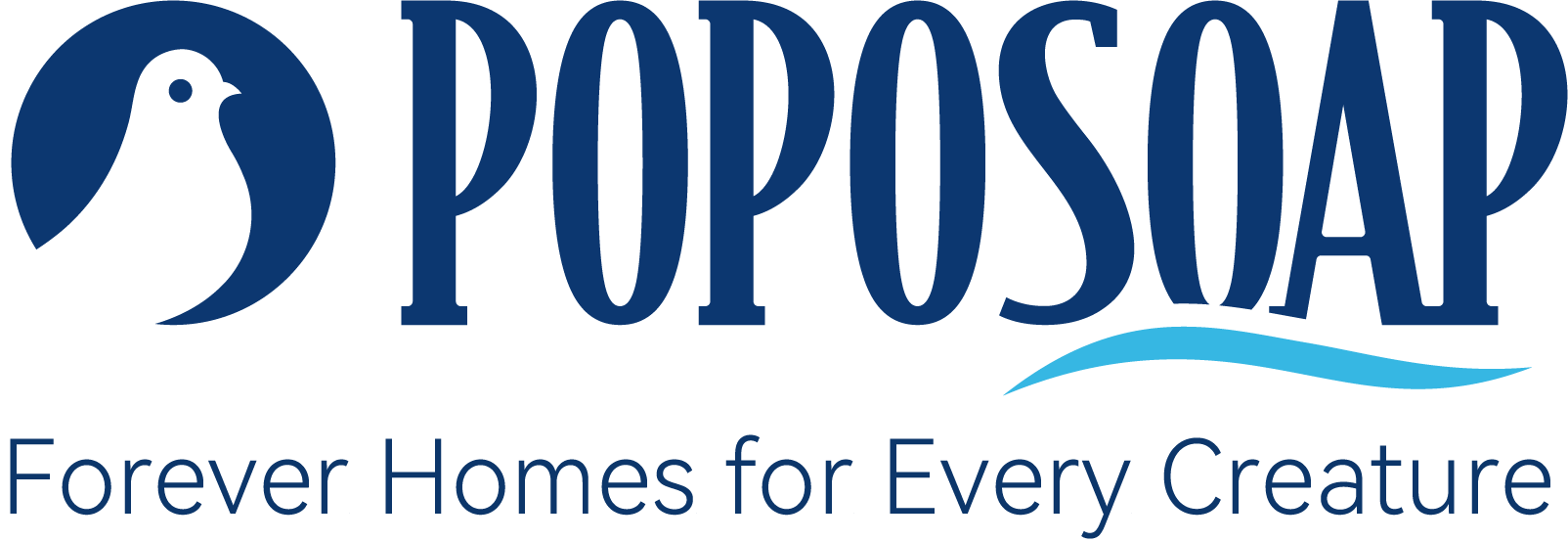
Table of Contents
- Establish a Good Pond Filtration System:
- Reduce Stocking Density:
- Regular Pond Cleaning:
- Reduce Light Exposure:
- Use Algaecide:
- Introduce Aquatic Plants:
- Add Nitrifying Bacteria:
- Control Feeding Amounts:
- Clean the Filtration System Regularly:
- Use UV Sterilization Lamps:
- Use Salinity Control:
- Conclusion
The water quality of a fish pond directly affects the health and survival of the fish. A well-functioning pond filtration system can remove harmful substances, maintain proper pH levels, temperature, and dissolved oxygen, and prevent fish diseases. By using a comprehensive filtration system and feeding appropriately, you can maintain stable water quality, promoting healthy fish growth.
Many novice fishkeepers have experienced cloudy, green, or even foul-smelling water in their ponds. Identifying the root cause and addressing it effectively can help you say goodbye to murky water—crystal-clear ponds are no longer just a dream!
To achieve clear pond water, you can take the following measures:
Establish a Good Pond Filtration System:
"Healthy fish start with healthy water, and water quality relies on filtration." Planning the filtration system should be part of the pond construction process, including embedding pipelines and arranging the system layout. This step is critical.
- Combine physical and biochemical filtration to remove visible impurities such as fish waste, leftover food, and debris. Nitrifying bacteria break down harmful substances, while UV sterilizers eliminate bacteria and algae, maintaining microbial balance.
- A water circulation and filtration system is key to keeping koi pond water clear. In addition to purifying the water, it provides enough oxygen for the fish. With an efficient filtration system, the pond can remain crystal clear, creating a healthy growth environment for the fish.
Reduce Stocking Density:
Overcrowding lowers oxygen levels and disrupts biological filtration. Avoid keeping too many fish, which can produce excessive waste, affecting water quality.
Regular Pond Cleaning:
Clean the pond bottom of debris, such as leaves and sediment, and wash the filters regularly. If you're using an automated pond filter, this step can be skipped.
Reduce Light Exposure:
Limit sunlight to prevent excessive algae growth.
Use Algaecide:
If necessary, use algaecides to control algae growth.
Introduce Aquatic Plants:
Aquatic plants absorb nutrients from the water, reducing algae growth.
Add Nitrifying Bacteria:
Nitrifying bacteria help break down harmful substances and improve water quality.
Control Feeding Amounts:
Avoid overfeeding, as uneaten food can degrade water quality.
Clean the Filtration System Regularly:
Based on the pond's conditions, clean the filter media regularly to maintain water quality.
Use UV Sterilization Lamps:
UV lamps effectively control the overgrowth of microorganisms in the water.
Use Salinity Control:
Adding salt can help control algae growth.
Conclusion
By using a combination of these methods, you can effectively maintain clear water in your fish pond, creating a healthy living environment for the fish.
Understanding is indispensable for establishing and maintaining a low-maintenance filtration pond system that remains clear and clean throughout the year.







